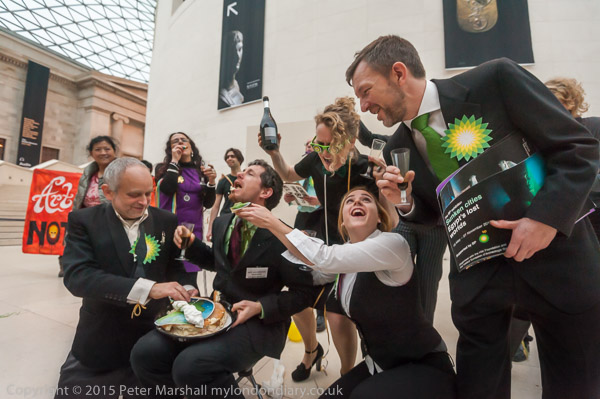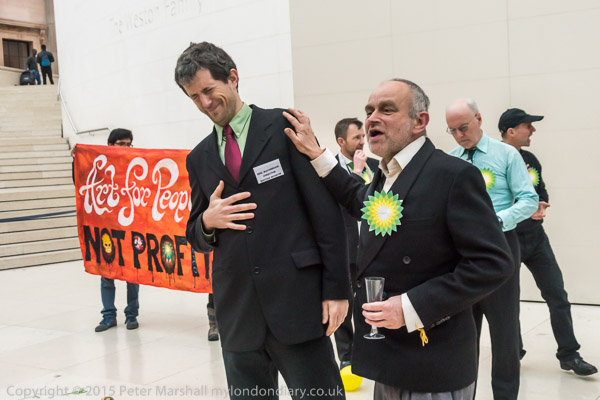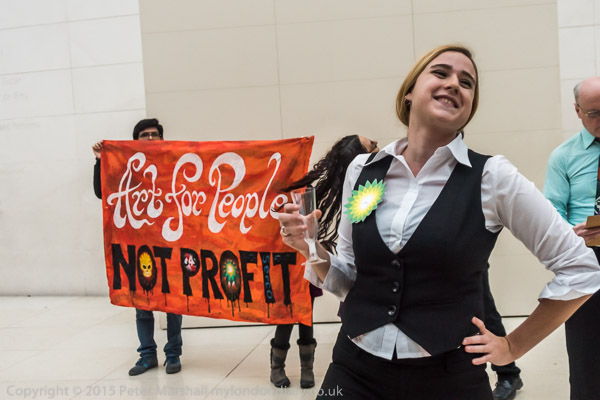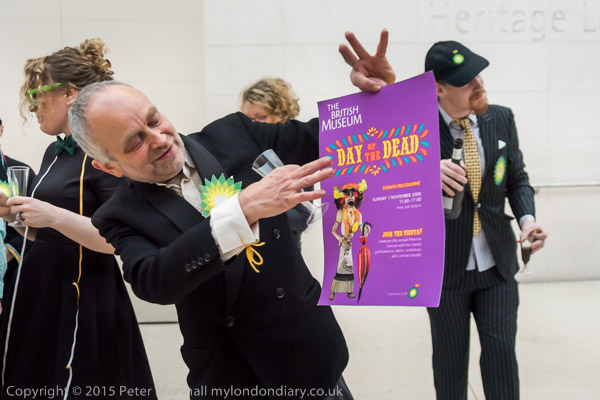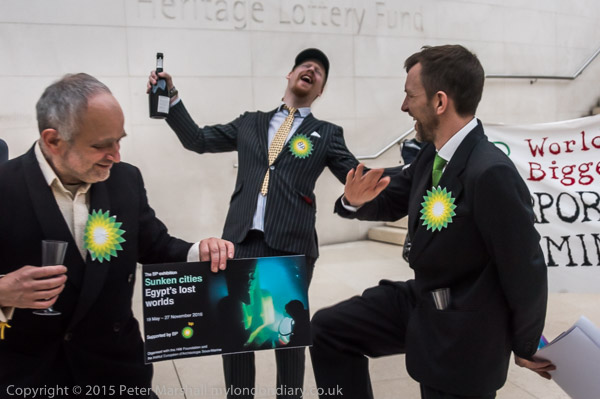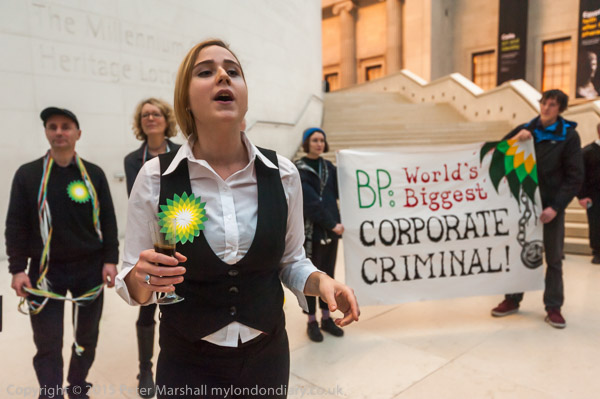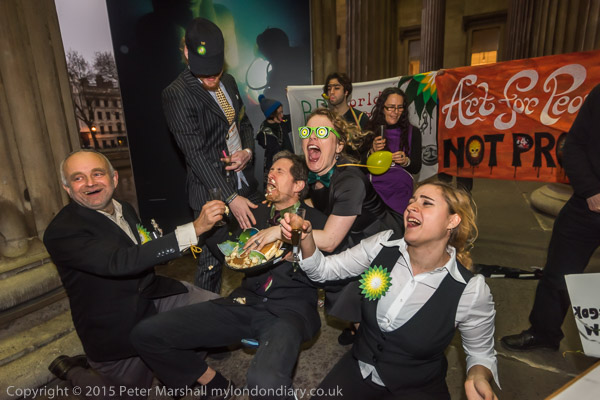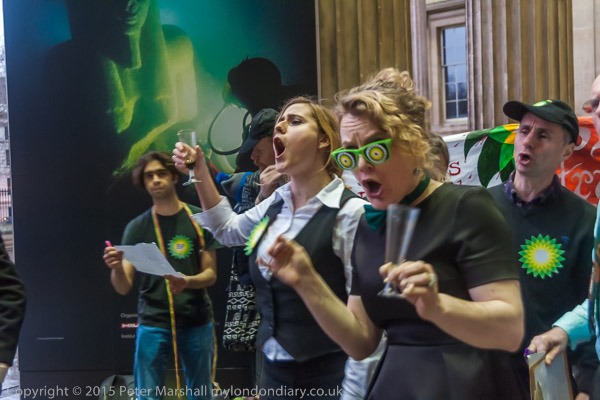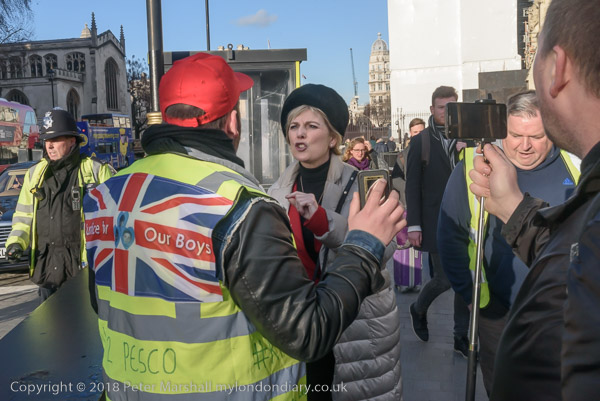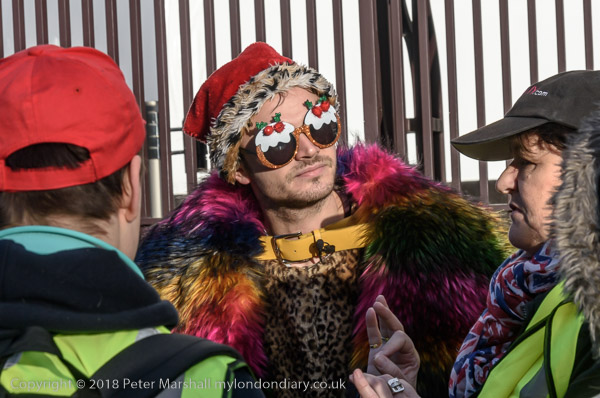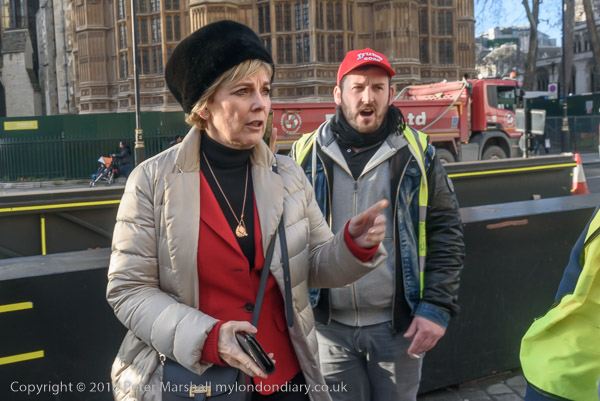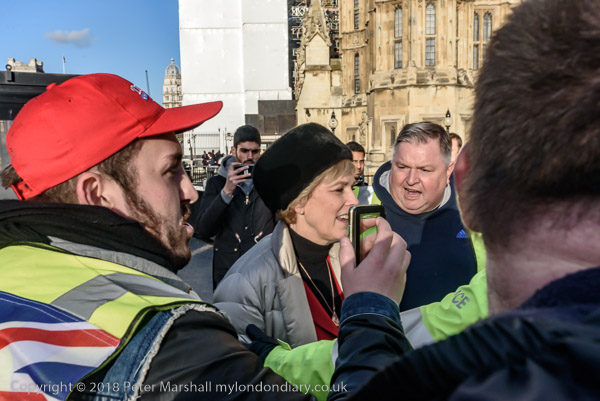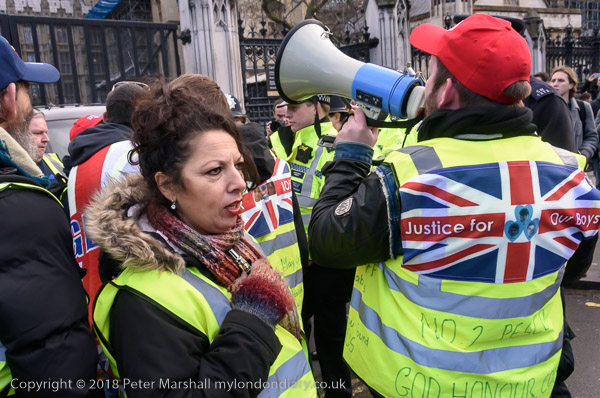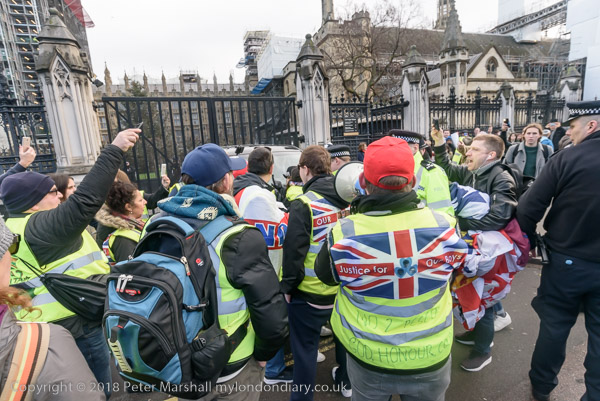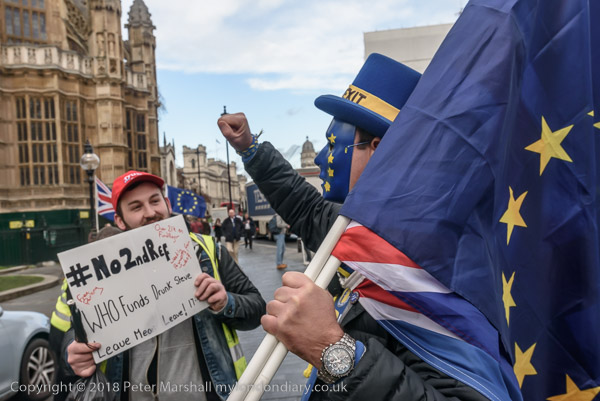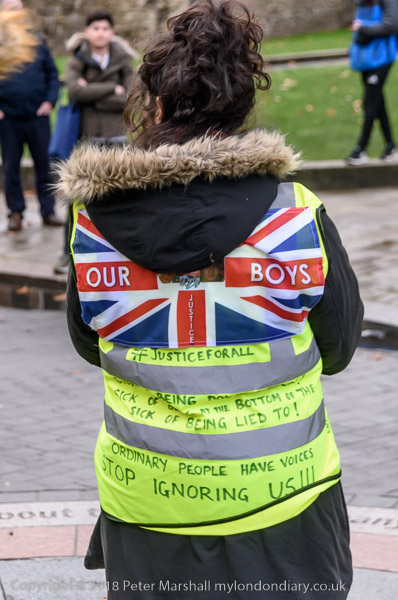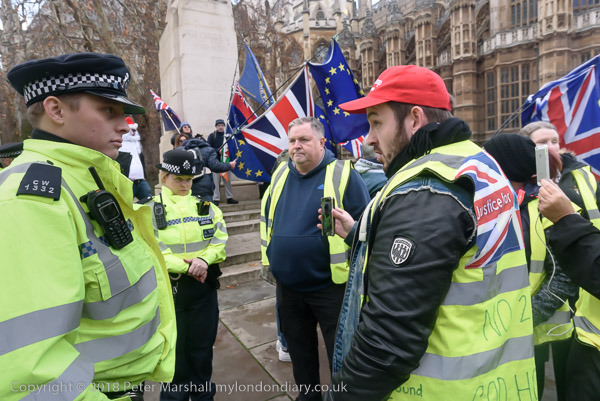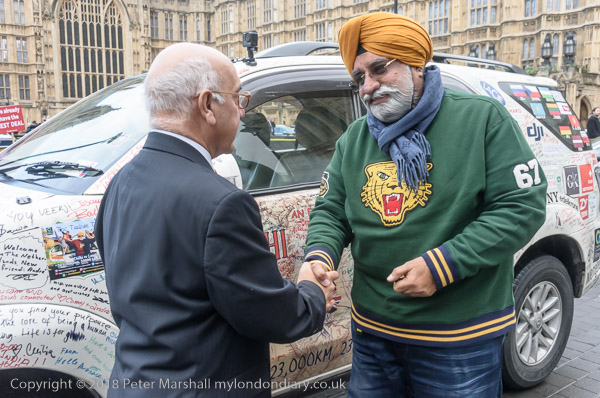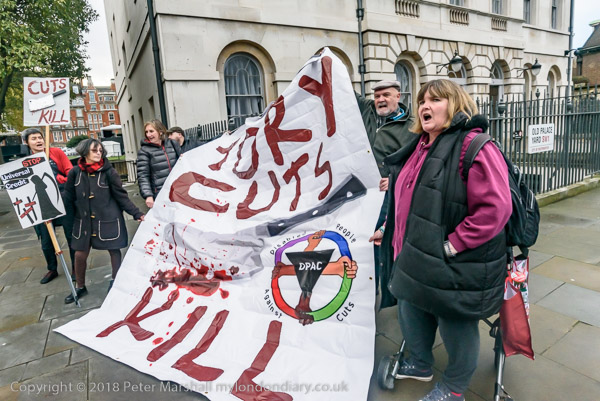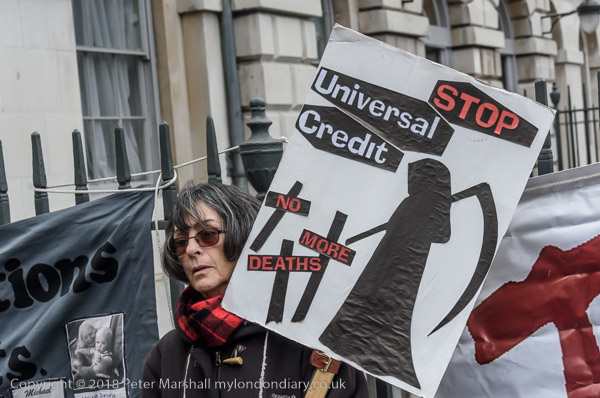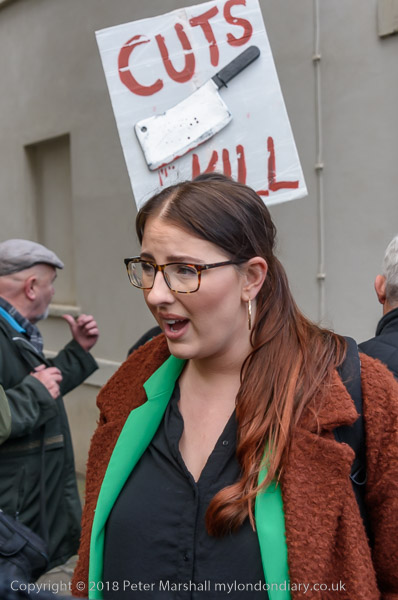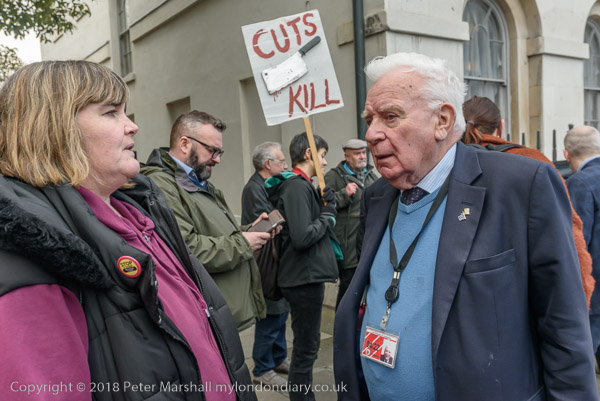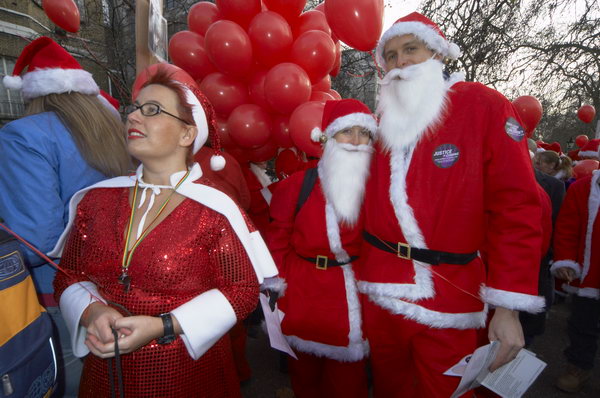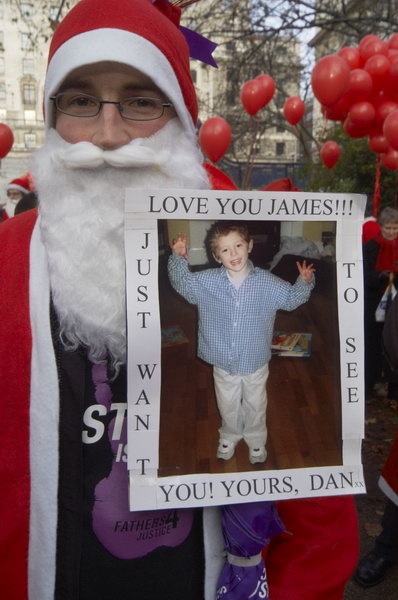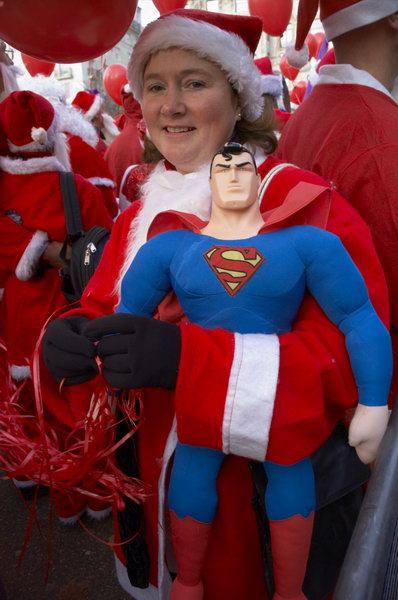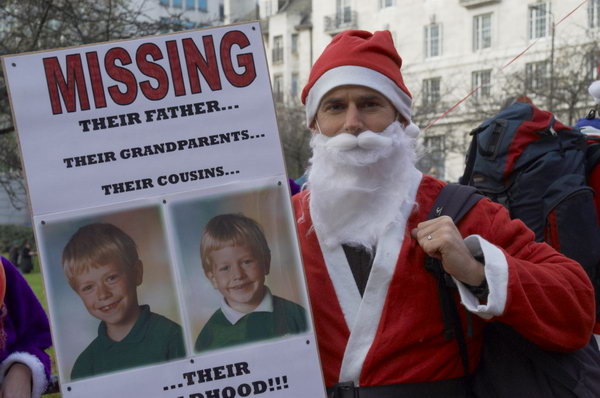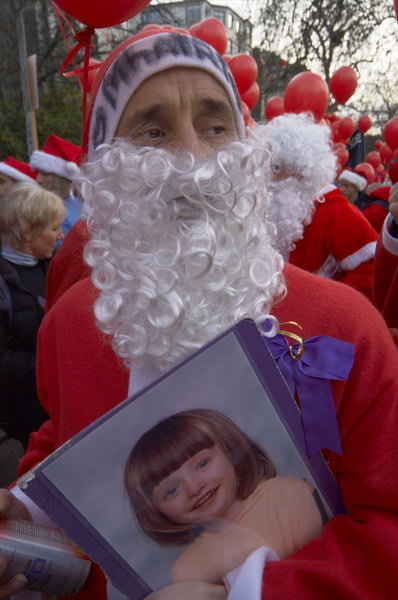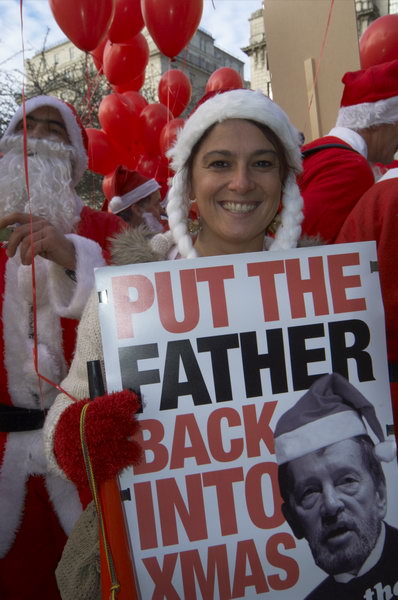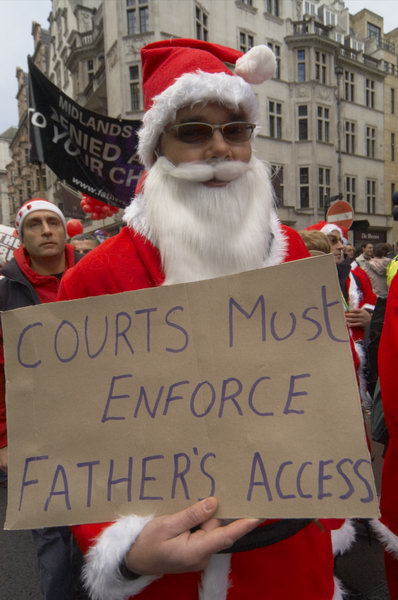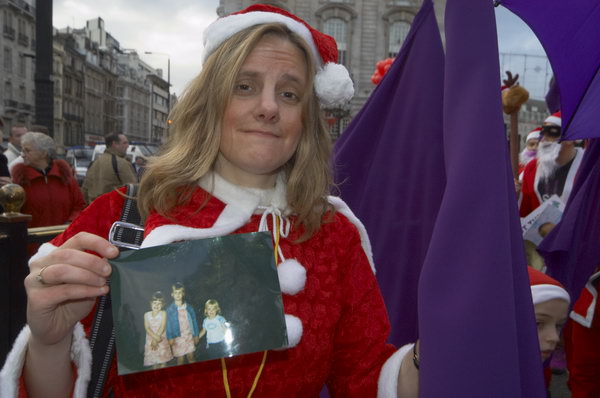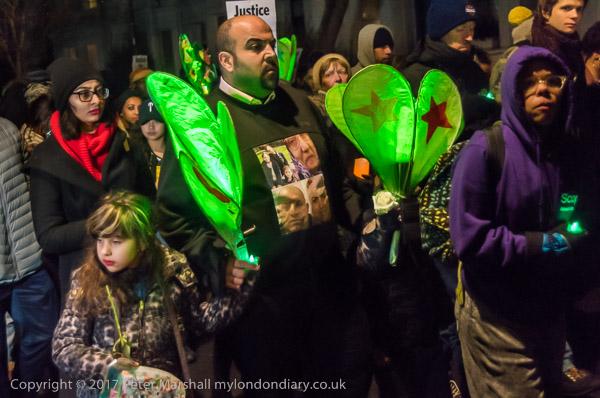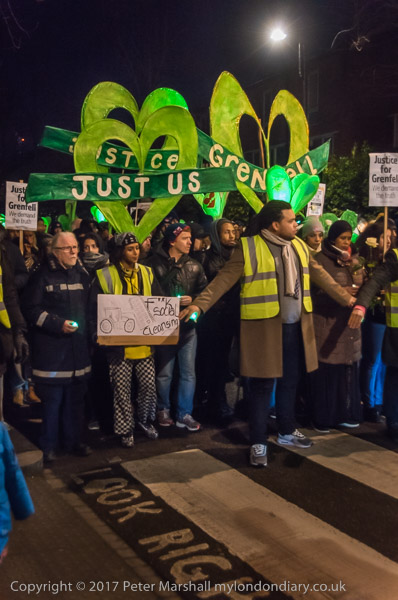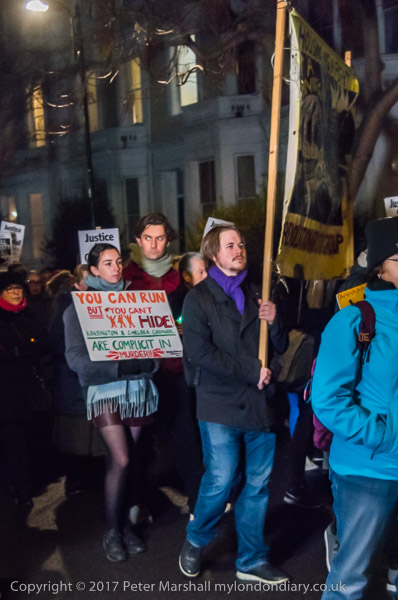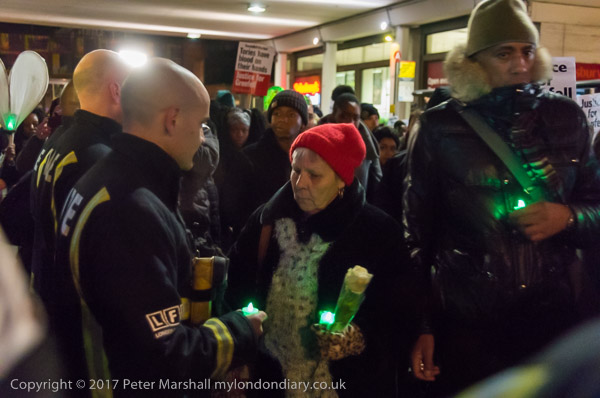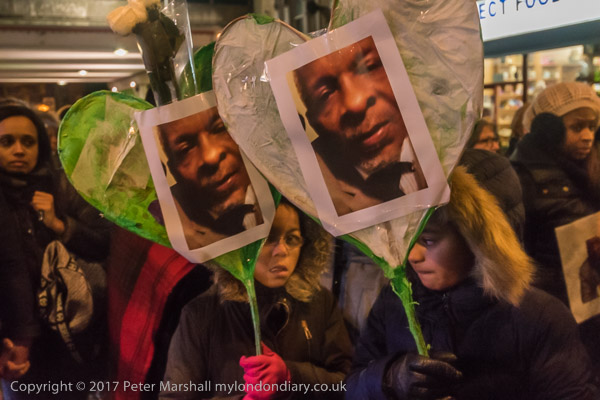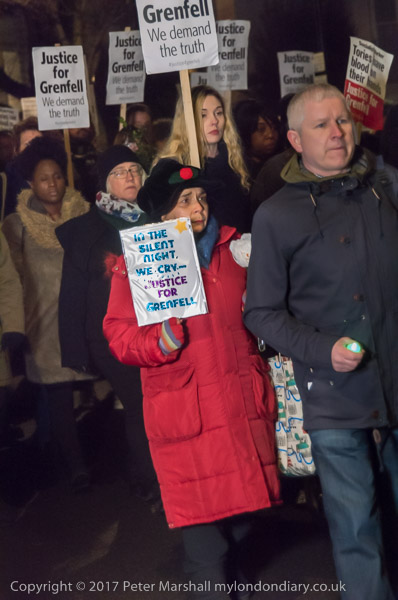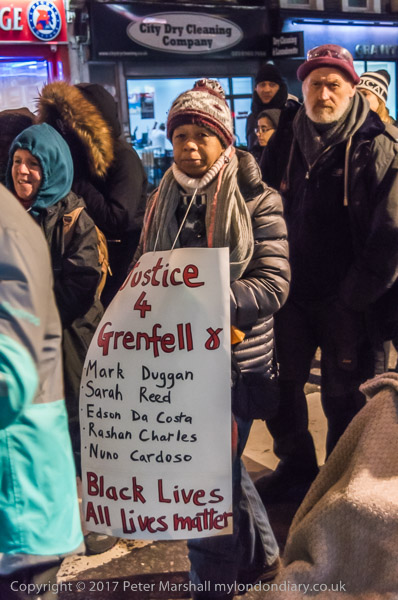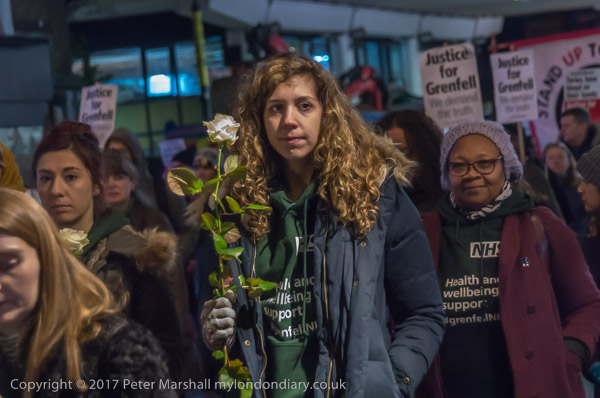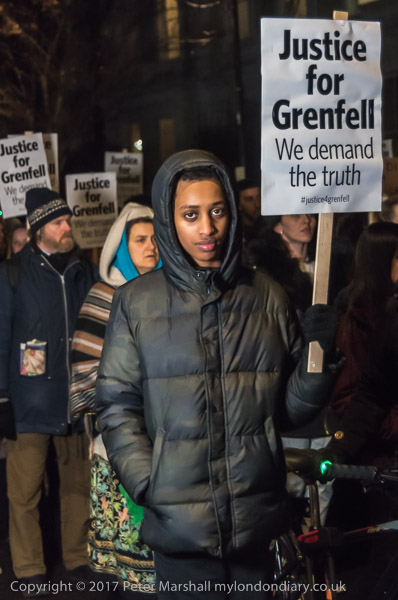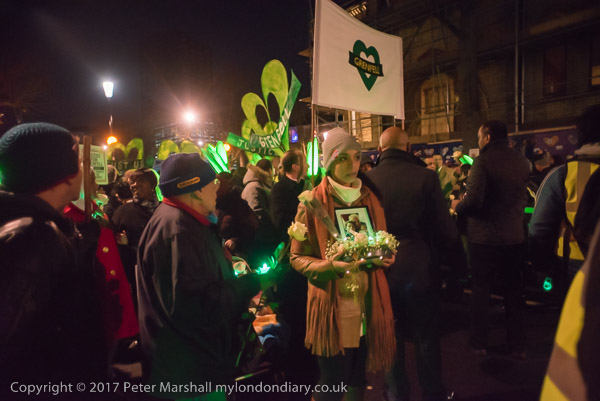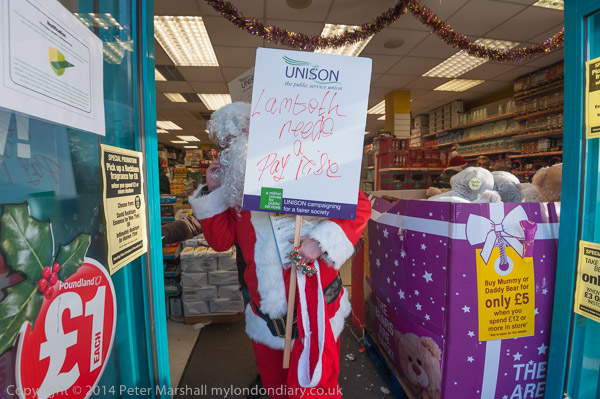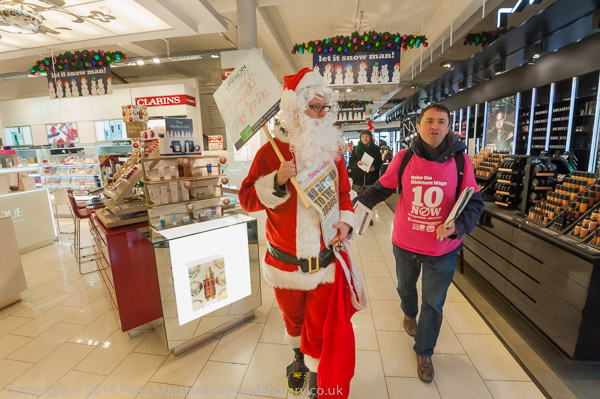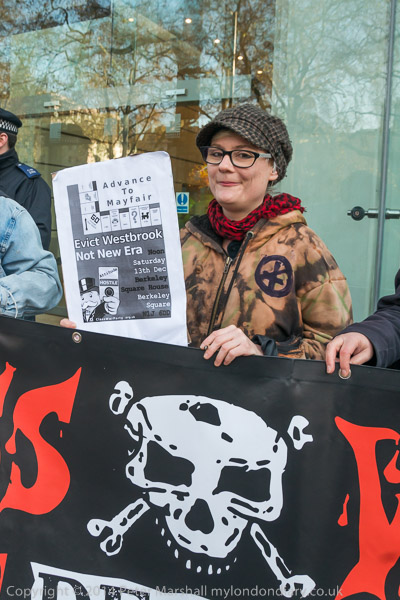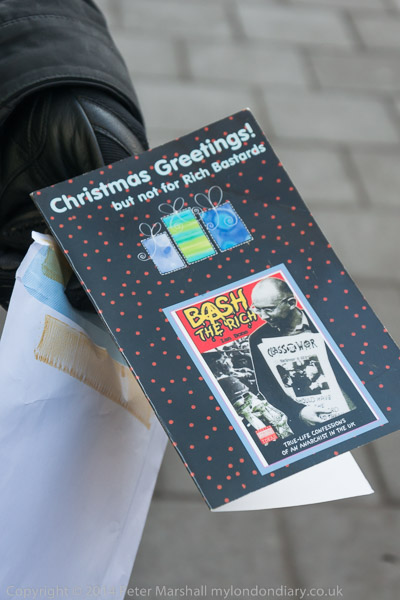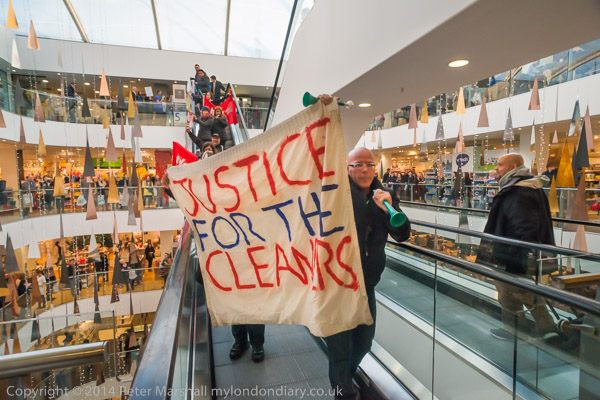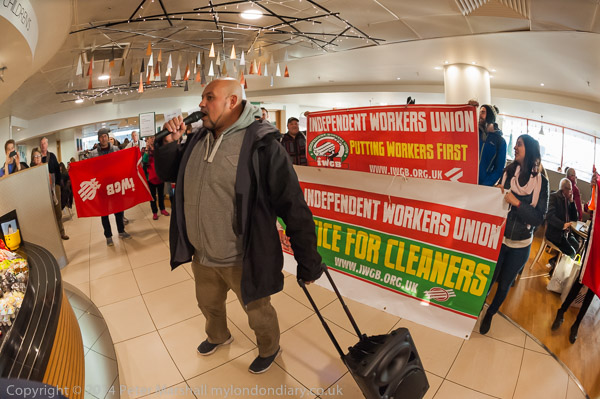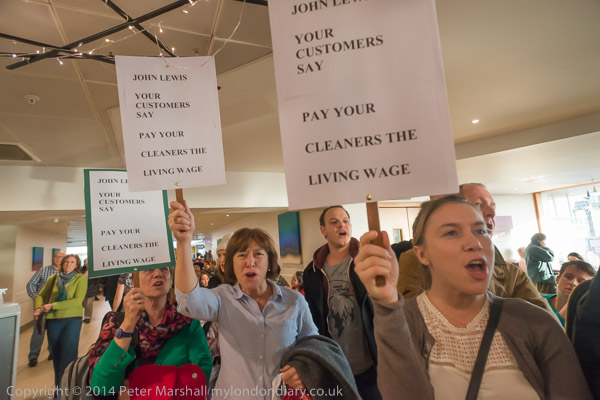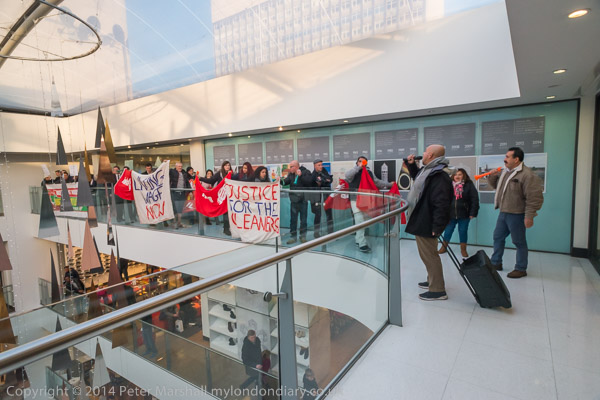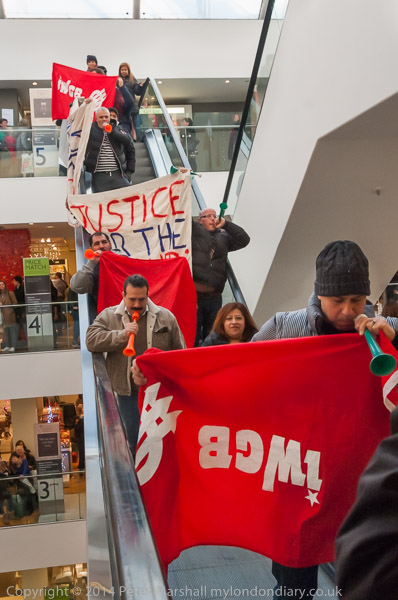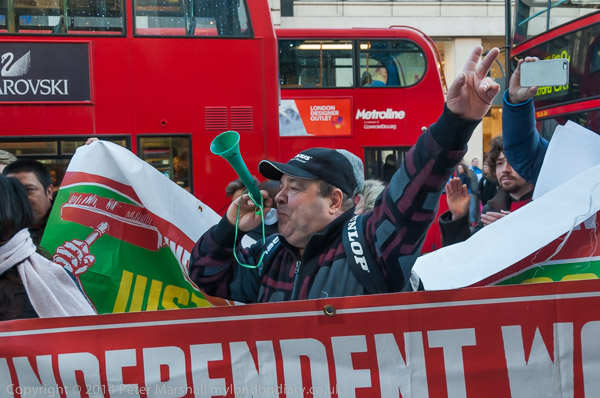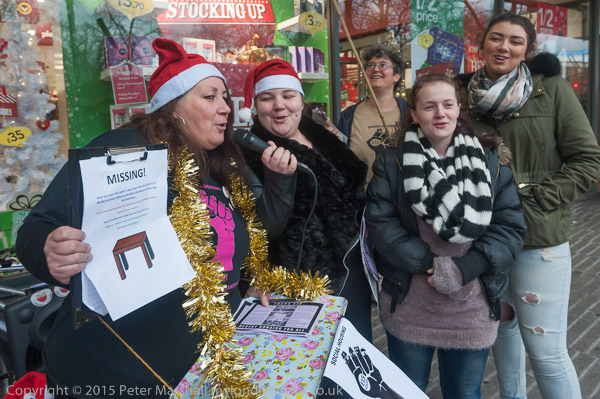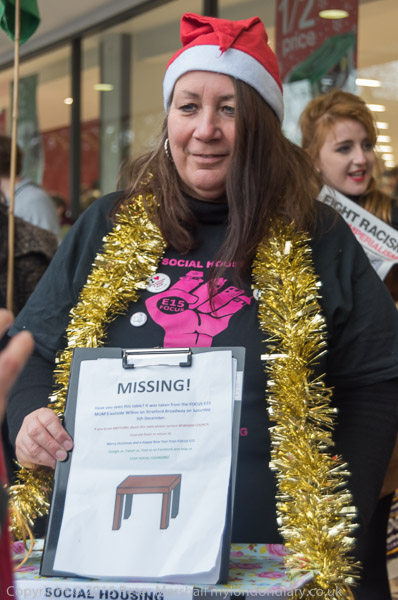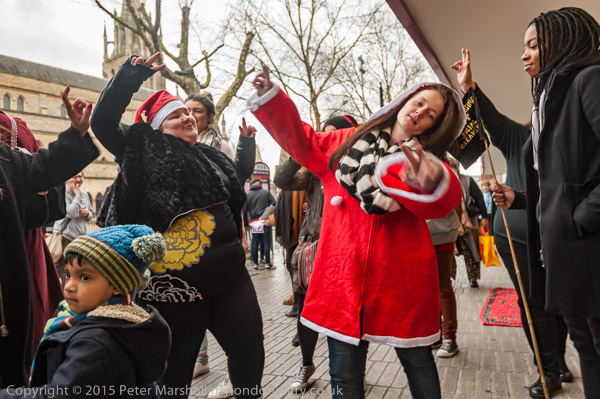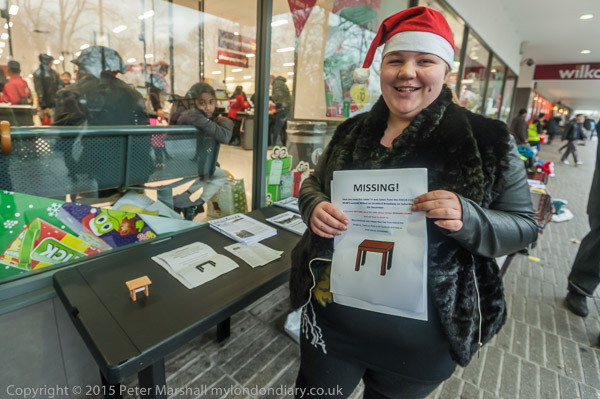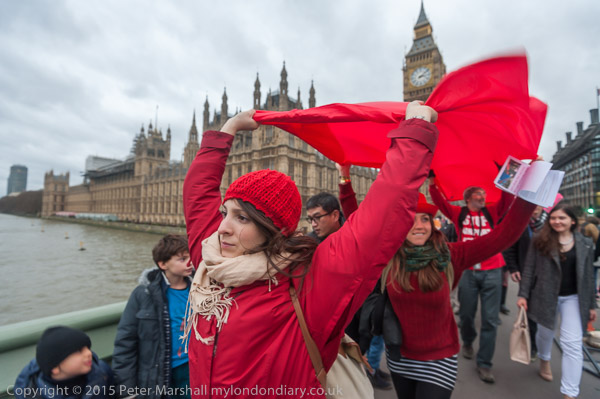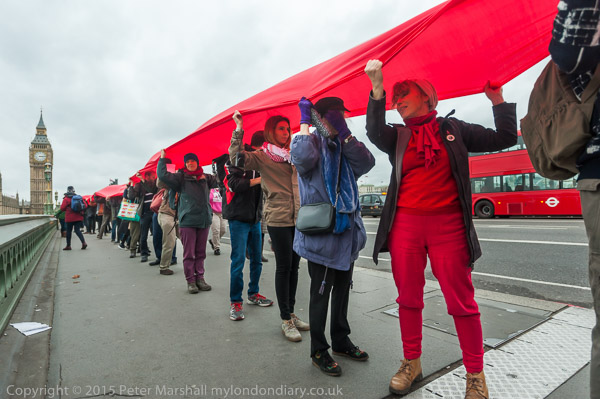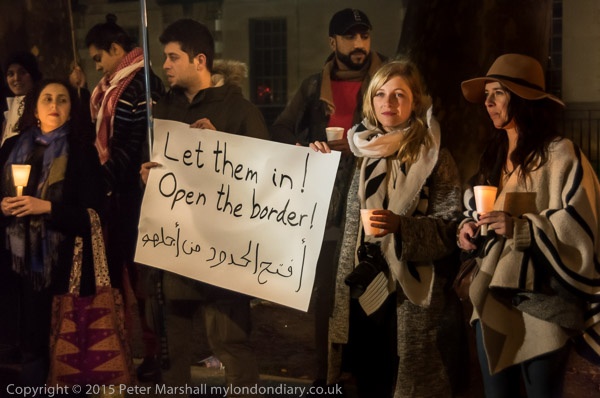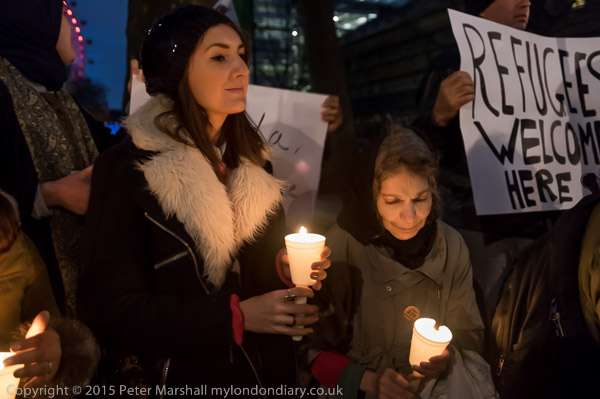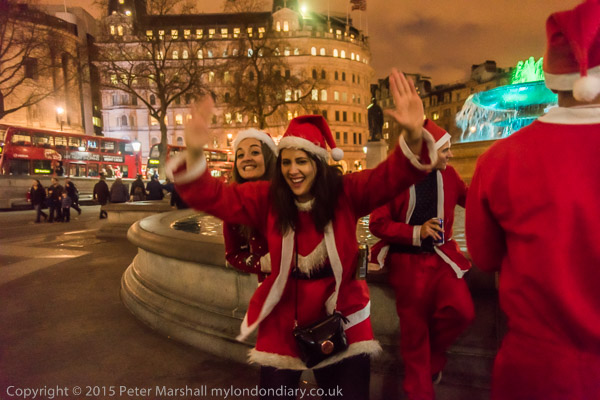Although the title of this post is ‘More St John’s Wood’, my walks were not constrained by local authority boundaries but often by more important physical restraints, here the main west coast railway line from Euston, and I walked beyond the St John’s Wood boundary a little into South Hampstead or Swiss Cottage.
I can find out little about Hillgrove Estate designed by Peacock, Hodges and Robertson for the LCC around 1960 and inherited by Camden following the local government reorganisation in that decade. This piece of sculpture is not on the list of public art in Camden and unfortunately I failed to record any details of it when I made this picture in 1988 if any were available then. Perhaps someone seeing this will be able to give details in a comment.
This stucco detached villa dating from the 1840s is only Grade II listed for its ‘group value’, one of quite a number of similar properties in the area, though distinguished for me by its two substantial eagles on top of very substantial gate posts. The house next door, shown in the next few pictures, was much more remarkable.
Boundary Road, as its name suggests, marks a boundary, now between the City of Westminster – which includes St John’s Wood – and the London Borough of Camden, with this and other properties on its south side being in St John’s Wood. It was once a farm track on the boundary between two estates.
Alhambra Cottage is at 9 Boundary Rd certainly one of the most remarkable houses in London, a Grade II listed detached villa in a very detailed Islamic style and I made a number of photographs from the road outside. Later in 2011it was one of the buildings whose garden I photographed for the ‘Secret Gardens of St John’s Wood‘ project initiated by Mireille Galinou of the Queens Terrace Café and shown there in November 2011.
Another view of Alhambra Cottage.
I’m surprised not to find more information about this cottage online. Possibly the interest in the Alhambra may have been stimulated by the writing of American author Washington Irving who visited the Alhambra in 1828 and published his Tales of the Alhambra in 1832 and the lithographs of John Frederick Lewis, who became known as ‘Spanish’ Lewis published three years later.
At this time of year perhaps I should also mention that it was Irving who first put Santa (or rather St. Nicholas) flying over the rooftops at Christmas.
This Grade II listed semi-detached house dates from the 1840s, but was altered in the mid-19th century. ‘An Englishman’s home is his castle‘ and this seemed to epitomise the proverb, with its castellated tower and sturdy gate. All that was lacking was a drawbridge.
And finally before I left the area, another house with a tower, somewhere on my wandering between the junction of Abbey Road and Blenheim Rd and FInchley Rd. I took a few more pictures on my way south through St John’s Wood, but none are online.
Click on any of the images above to go to a larger version in my album 1988 London Photos, from where you can browse the album.







